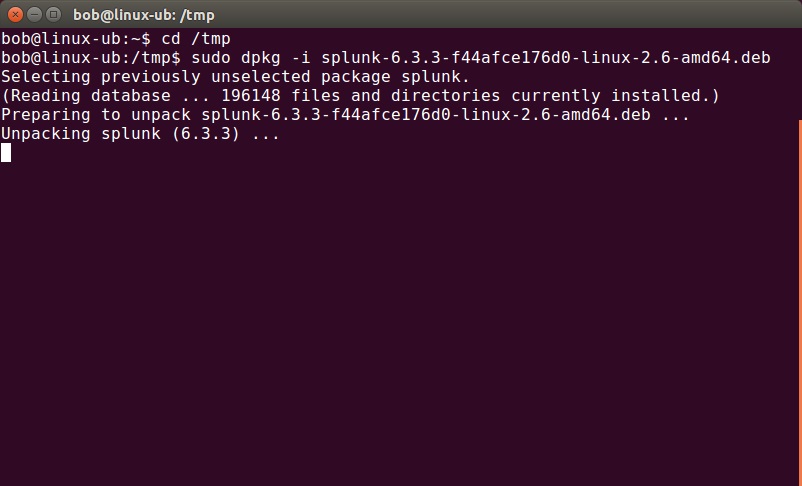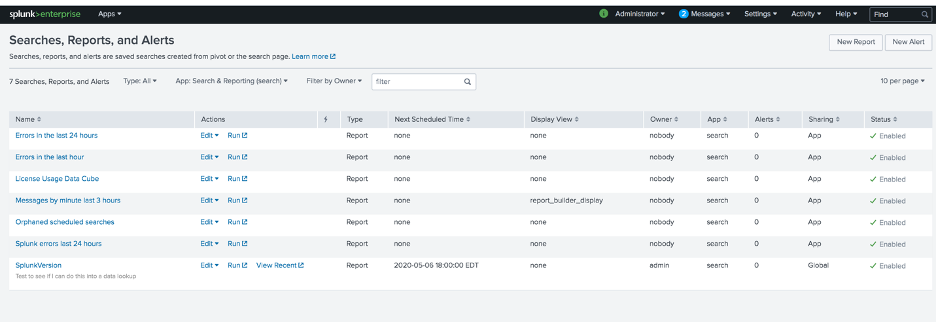
To exclude internal fields from the output, use the fields command and specify the fields that you want to exclude. The internal fields that are added to the output in the CSV file are:

When the outputcsv command is used there are internal fields that are automatically added to the CSV file. Internal fields and the outputcsv command There is no limit to the number of results that can be saved to the CSV file. This option should not be used when invoking the outputcsv from the UI. Default: true usexml Syntax: usexml= Description: If there is no filename, specifies whether or not to encode the CSV output into XML. Default: true singlefile Syntax: singlefile= Description: If singlefile is set to true and the output spans multiple files, collapses it into a single file. override_if_empty Syntax: override_if_empty= Description: If override_if_empty=true and no results are passed to the output file, the existing output file is deleted, If override_if_empty=false and no results are passed to the output file, the command does not delete the existing output file. csv file extension is appended to the filename if the filename has no file extension. Otherwise the command writes into a file. If no filename is specified, the command rewrites the contents of each result as a CSV row into the _xml field. Directory separators are not permitted in the filename. This file should be located in $SPLUNK_HOME/var/run/splunk/csv. filename Syntax: Description: Specify the name of a CSV file to write the search results to. Default: false dispatch Syntax: dispatch= Description: If set to true, refers to a file in the job directory in $SPLUNK_HOME/var/run/splunk/dispatch//. If the file previously existed, the file is deleted. When set to false and there are no results, no file is created.

Default: false create_empty Syntax: create_empty= Description: If set to true and there are no results, a zero-length file is created. If there is an existing file that has a CSV header already, the command only emits the fields that are referenced by that header. If the CSV file does not exist, a file is created. Optional arguments append Syntax: append= Description: If append is true, the command attempts to append to an existing CSV file, if the file exists. See SPL safeguards for risky commands in Securing the Splunk Platform. As a result, this command triggers SPL safeguards. This command is considered risky because, if used incorrectly, it can pose a security risk or potentially lose data when it runs. See Email notification action in the Alerting Manual. Create an alert action that includes a CSV file as an email attachment.See Export data using the REST APIs in the Search Manual.

See Export data using Splunk Web in the Search Manual. Export search results using Splunk Web.If you have Splunk Cloud Platform, you cannot use this command. Updates to $SPLUNK_HOME/var/run/*.csv using the outputcsv command are not replicated across the cluster. If you have Splunk Enterprise, this command saves search results to the specified CSV file on the local search head in the $SPLUNK_HOME/var/run/splunk/csv directory.


 0 kommentar(er)
0 kommentar(er)
